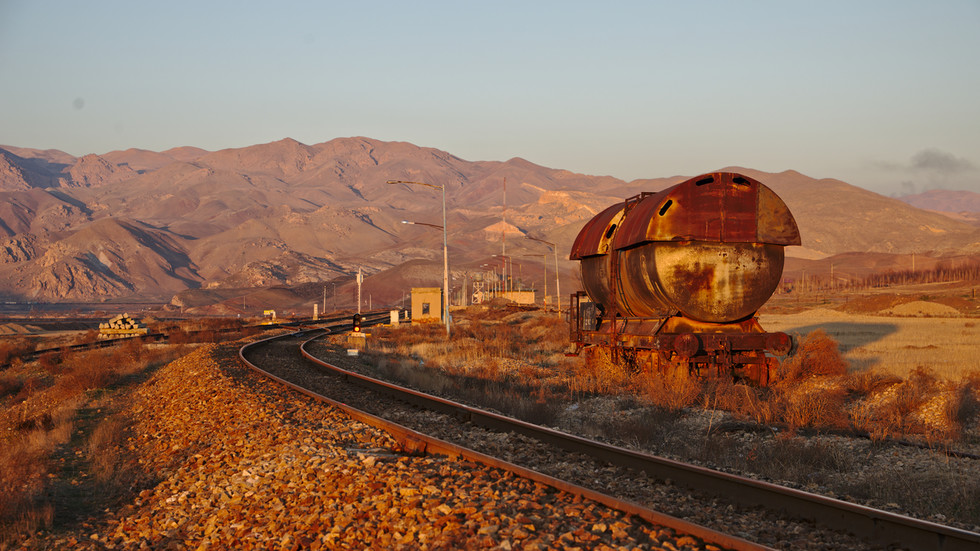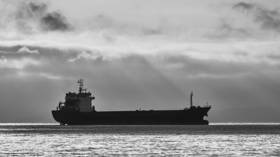
Moscow and Tehran signed a $40 billion energy supply deal last year

© Getty Images / Xavier Morvan / EyeEm
Russia has made its first fuel deliveries to Iran by rail as the two sanctioned countries rapidly expand energy and trade ties amid Western restrictions, Reuters reported on Tuesday, citing three industry sources and export data.
Last autumn, Russian Deputy Prime Minister Aleksandr Novak announced that Moscow and Tehran had clinched a massive energy deal worth $40 billion and agreed to swap supplies of oil and natural gas. Since then, the two countries have been working out the routes and technical arrangements for the deal.
The actual supplies started this year when Russia exported about 30,000 tons of gasoline and diesel to Iran in February and March, according to sources and tracking data.
The outlet said that all fuel cargoes were shipped from Russia through Kazakhstan and Turkmenistan by rail. Some volumes of gasoline were further sent by truck from Iran to neighboring countries, including Iraq.
Russia previously exported small volumes of fuels to the Middle Eastern country via the Caspian Sea. However, Moscow now seeks to expand rail deliveries to Tehran as seaborne diesel and gasoline cargoes face high freight fees and are subject to Western-imposed price caps.
Iran itself is an oil-producing country with large deposits and its own refineries. However, demand has recently surpassed domestic fuel production in particular in its northern provinces, a trader in Central Asian oil products market told the outlet.
“We expect fuel supplies to Iran to rise this year, but we already see several issues with logistics due to rail congestion. That may keep exports from booming,” one of the sources familiar with supplies to Iran told Reuters.

As weak rail links could be a hurdle for future development, the two countries are also considering infrastructure projects to help boost economic cooperation.
Currently, the main overland route for cargo sent from Russia to Iran passes through Azerbaijan. This is part of the so-called International North-South Transport Corridor, a 7,200-kilometer-long multi-mode transit system that connects ship, rail, and road routes for moving cargo between India, Iran, Azerbaijan, Central Asia, Russia, and the rest of Europe.
Though the corridor existed back in Soviet times, developing it further has taken on a new importance as Western sanctions have forced Russia to shift its trade routes towards Asia and the Middle East.
For more stories on economy & finance visit RT’s business section




